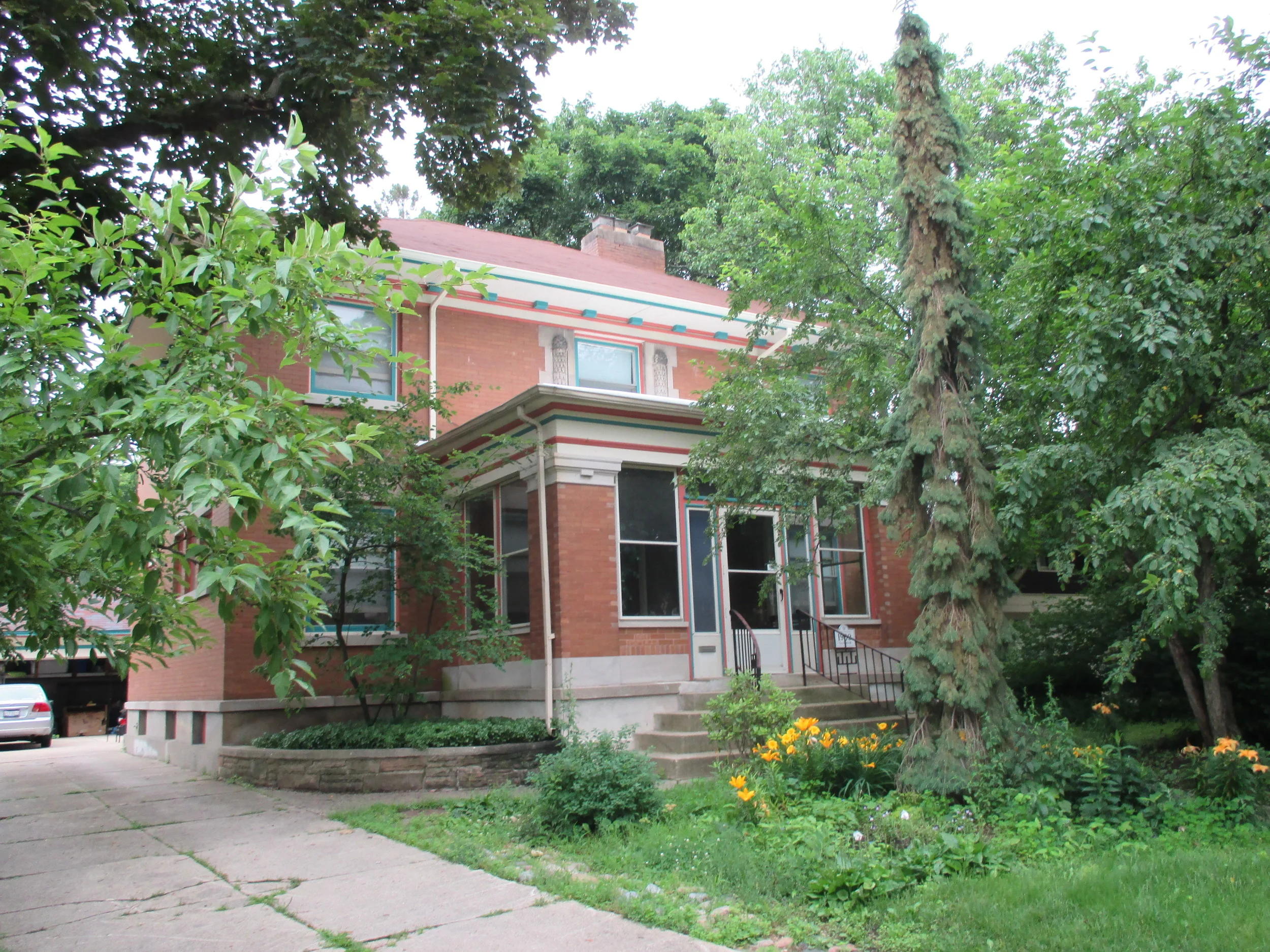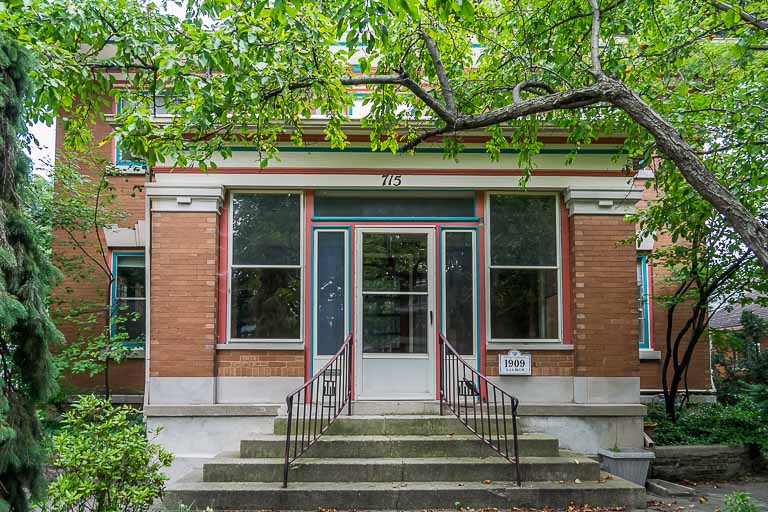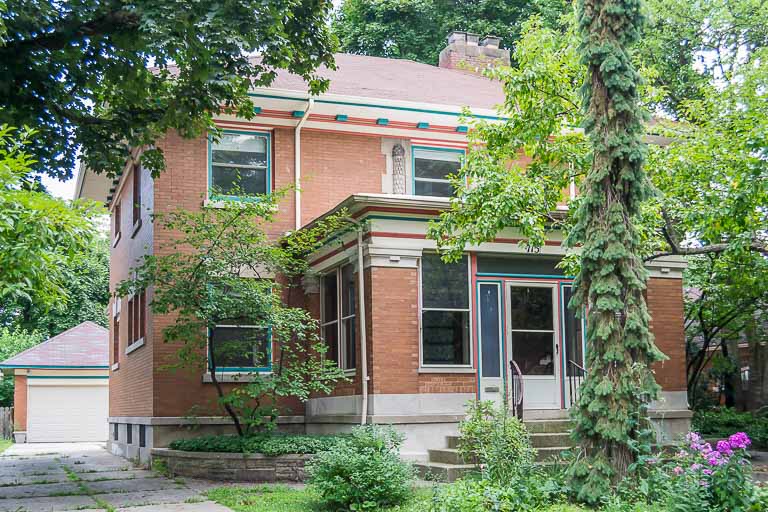715 N. SPRING STREET
HISTORIC SIGNIFICANCE
The first resident of 715 N. Spring was Louis Blum and his wife, Anna. Louis was the president and treasurer of Blum's Ice Cream and Confectionery in downtown Elgin. The Elgin Daily Courier reported on the home's first days of construction on January 29, 1909. Louis hired notable, Elgin architect W. Wright Abell to design the home at the cost of $5000.
Louis immigrated to Elgin from Germany in 1872 when he was just 17. Shortly after arriving he worked for the Schramm Brothers in their confectionery and ice cream parlor on Douglas Avenue in the heart of today's downtown. A little over 20 years later, Louis had built up enough capital and knowledge to purchase the ice cream parlor business from the Schramm's and rename it after himself. By 1934, he had expanded the operation to include a restaurant as well. In 1964, the Blum family decided to close the restaurant but not before finding some long stem fruit glasses wrapped in 1914 Republican campaign posters hidden away by previous owners.
The Blum family lived in 715 N. Spring for 47 years until 1956 when they sold the home to Albert Collingbourne who lived in the home for six years before selling it to St. John's Lutheran Evangelical Society. St. John's used the home as their parsonage until 1983.
ARCHITECTURAL SIGNIFICANCE
715 N. Spring Street is an excellent example of the Prairie style. Designed by W. Wright Abell and built by Herman Helper in 1909, it is listed as a contributing property to the Spring-Douglas Historic District. The house is clad in light red brick with a concrete foundation. The hipped roof showcases wide overhanging eaves with the front porch showing almost no overhang. These features, as well as the general horizontal emphasis of the structure, are all character defining features of the Prairie style, often associated with Frank Lloyd Wright.
TIMELINE OF PREVIOUS OWNERS
Sources: 2006 Heritage Plaque Application; Audio: TextAloud



